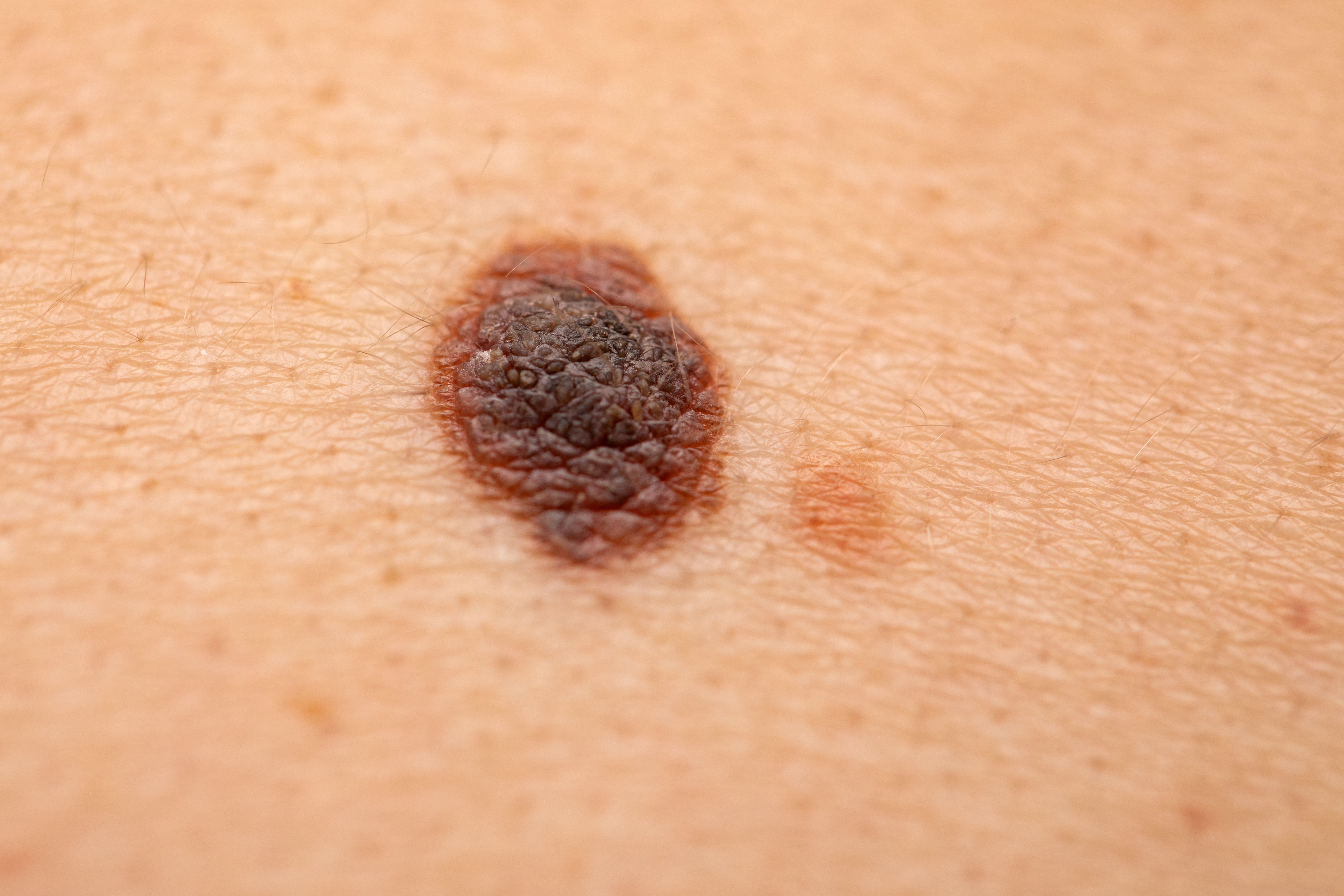Article
Study: Gene Signature Panel Can Accurately Identify Most Treatment-Resistant Melanoma Cases
Author(s):
The panel corresponds to proteins that are abundant in treatment-resistant melanoma cells and may predict resistance to targeted treatment.
A panel of 13 genes shows how genes can influence the progression of melanomas that become resistant to treatment using v-raf murine sarcoma viral oncogene homolog B1 and Mitogen-activated protein kinase (BRAF/MEK) inhibitors, according to new research published in the International Journal of Molecular Sciences.
Image Credit: Adobe Stock - Ocskay Mark

Patients with treatment resistance were twice as likely to have dysregulated Heme Oxygenase 1 (HMOX1), intercellular adhesion molecule 1 (ICAM), matrix metallopeptidase 2 (MMP2), and secreted protein acidic and rich in cysteine (SPARC) proteins.
“Our results highlight the utility of these genes in predicting treatment outcomes and the underlying mechanisms that can be targeted to reduce the development of resistance to BRAF/MEK targeted therapy,” the study authors wrote in the article.
Therapies that target the BRAF and MEK pathways can improve overall survival (OS) in patients with melanoma, which had an estimated 325,000 new cases in 2020. However, up to 20% of patients with melanoma experience treatment resistance.
Resistance could be driven by mechanisms that include the overexpression of BRAF; the use of splice variants; activation of certain signaling pathways; or the activation of gain-of-function mutations, according to the study. In addition, tumor heterogeneity may accelerate resistance to treatments such as BRAF/MEK inhibitors.
There is an increased need for markers that can predict the risk of developing melanoma resistance during targeted therapy. In the current study, investigators suggest that significant and clinically relevant differences in gene expression patterns facilitate treatment resistance and progression of melanoma; these genes code for proteins (markers) that have already been identified in treatment-resistant melanoma cells.
The team looked at the gene expression and predictive potential of a panel of 18 cancer-associated proteins found in melanoma cells resistant to BRAF inhibitor targeted therapy. They compared the panel signature at 3 points: pre-treatment, post-treatment, and once cells began showing resistance to BRAF/MEK inhibitors.
They discovered a 13-gene signature panel that can identify treatment-resistant (or progressed) melanoma cases with 70% accuracy and sensitivity. Mechanistically, investigators observed that gene transcriptional patterns were rewired when a patient was experiencing drug resistance and recurrence.
“Through leveraging gene signatures in predicting the durability of drug response, this study [also] identified the expression levels of the genes MMP2, SPARC, and HMOX1 as having a good predictive value in predicting the emergence of chemoresistance to BRAF/MEK inhibitor therapy in melanomas,” the study authors wrote.
In effect, these genes could be critical for predicting resistance because they interact with mechanisms that drive treatment resistance in cancer cells, according to the study authors.
Investigators also found another mechanism that facilitates treatment-resistance—a change in expression of the SPARC protein’s gene. SPARC can suppress tumors that lead to metastasis. In these patients particularly, SPARC was downregulated, which is a strategy that is suggested to induce treatment resistance and promote the progression of more aggressive melanomas, as opposed to suppression.
Investigators call for more research to help with the delivery of personalized care that leverages gene-profiling and protein-profiling to optimize treatment protocols.
“Overall, our results highlight the utility of these genes in predicting treatment outcomes and the underlying mechanisms that can be targeted to reduce the development of resistance to BRAF/MEK targeted therapy,” the study authors wrote.
Reference
Ruiz E, Alhassan S, Errami Y, et al. A Predictive Model of Adaptive Resistance to BRAF/MEK Inhibitors in Melanoma. Int. J. Mol. Sci. 2023 DOI: 10.3390/ijms24098407
Newsletter
Stay informed on drug updates, treatment guidelines, and pharmacy practice trends—subscribe to Pharmacy Times for weekly clinical insights.






